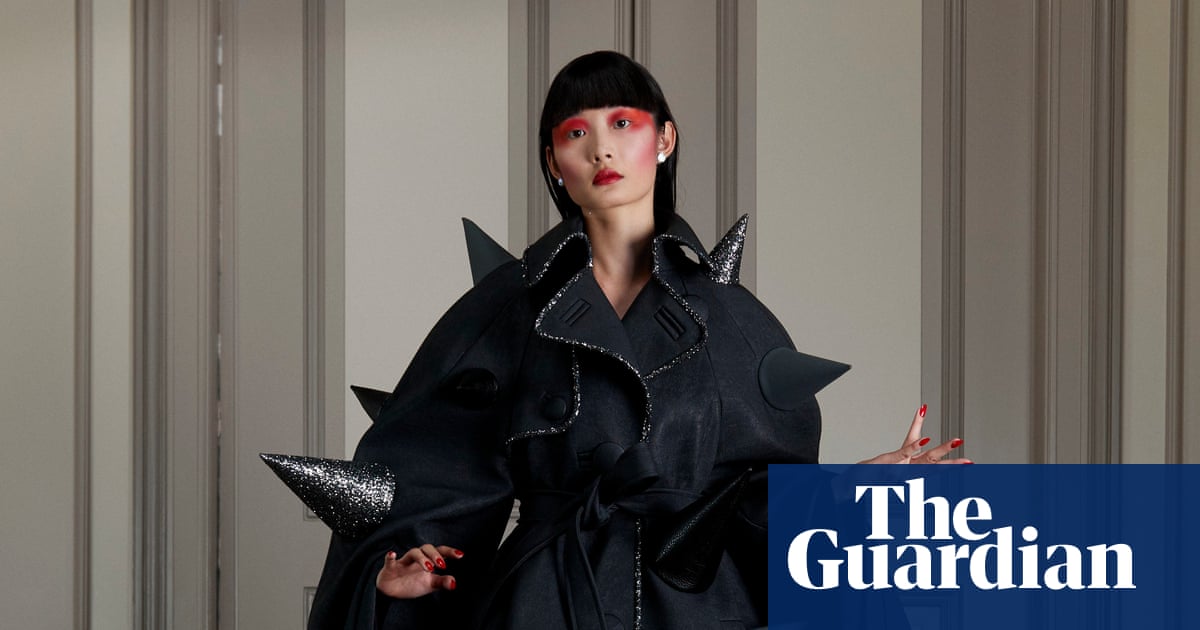
"the changeable, renewable second skin, that outside the merely practical act as a facade for far more than we know. As Dr Valerie Steele, the curator known as the Freud of fashion, puts it, fashion communicates our unconscious desires and anxieties, with none of us fully aware of the messages we send. From her perspective, far from being superficial, fashion exposes people's desires and anxieties like a psychosomatic rash."
"For psychoanalysts, fashion has always been a canvas for deeper exploration. Sigmund Freud didn't discuss clothes in his work, and was fairly buttoned up in his own choices, but in letters to his wife, Martha Bernays, he revealed an opinion that women used frivolous and fancy dress to display their bodies, while men exhibited passive exhibitionism with hats and coats as stand-ins for male sexuality."
"Follower Carl Jung argued that clothes act as a psychological mask, a compromise that we make between our inner self and the external display we put on to the world. But Jacques Lacan, a French psychoanalyst close to the surrealists, went further. He argued that identity is not conscious freedom: it is formed beneath the surface, in the psyche. For Lacanian psychoanalyst Dr Patricia Gherovici, who consulted on the exhibition: fashion is a way of dressing up the death drive."
Clothes function as a changeable, renewable second skin that serves as a facade beyond mere practicality and communicates unconscious desires and anxieties. Fashion operates as a psychosomatic expression of inner conflict and becomes part of the skin people inhabit. Psychoanalytic perspectives interpret clothing as a psychological mask and a compromise between inner self and external display. Freud observed gendered uses of dress, with women displaying their bodies through frivolous attire and men using hats and coats as stand-ins for sexuality. Jung emphasized the masking role of clothes. Lacan located identity formation beneath conscious awareness, and fashion can embody drives such as the death drive.
Read at www.theguardian.com
Unable to calculate read time
Collection
[
|
...
]